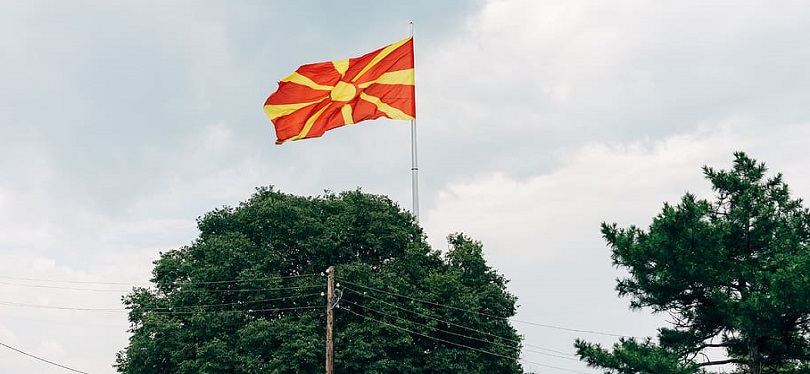The curfew strikes again in North Macedonia

On March 18, 2020, North Macedonia declared a state of emergency due to the outbreak of COVID-19, which was accompanied by numerous measures, including bans on mass gatherings and movement, as well as imposition of self-isolation. The development of the epidemiological situation in this country allowed temporary relaxation of measures, while the state of emergency has remained in force to this day. The latest decision to extend the state of emergency was made on May 30. According to that decision, the state of emergency should last until June 14, which is the third extension of the state of emergency in North Macedonia.
The recent deterioration of the epidemiological situation in North Macedonia, according to the Government of North Macedonia, required the ban on movement to be reintsated, in response to the increasing number of patients suffering from COVID-19.
The ban on movement which was previously in force applied to the entire territory of the state. Now, the ban on movement is not the same for all citizens – the measure is stricter in municipalities with an increased number of infections. According to the latest decision of the Government of North Macedonia, made on June 4, 2020, the ban on movement will function as a two-tiered system:
- The first tier includes the city of Skopje and the municipalities around Skopje – Aračinovo, Zelenikovo, Ilinden, Petrovec and Studeničani. In addition to the capital, the municipalities of Kumanovo, Lipkovo, Stip, Karbinci, Tetovo and municipalities surrounding Tetovo – Bogovinje, Brvenica, Zelino, Jegunovce and Tearce – are also included. Citizens of these municipalities are forbidden to move outside from 9 p.m. on Thursday, June 4. until 5 a.m. on Monday, June 8.
- The citizens of other areas of North Macedonia will be under curfew, which began at 9 p.m. on Thursday, June 4, and lasted until 5 a.m. the next day. Similar ban on movement for the weekend also applies to these citizens: that curfew starts on Friday at 4 p.m., and lasts until 5 a.m. the next day. This curfew is in place on both Saturday and Sunday.
- As a second measure, the Government of North Macedonia designated Friday, June 5, as a non-working day for all citizens.
During the ban, citizens with previously issued permits will be able to move, and the ban will not apply to farmers who move within the rural area to work on their land. Police, military forces and medical personnel are also allowed to move freely.
During these measures, the operation of pharmacies, stores and restaurants which deliver food will remain uninterrupted.
In addition to the ban on movement within the state, state borders also remain closed
The increasing number of patients made North Macedonia the country with the strictest measures in the region and forced it to keep its borders closed. This will certainly have an impact on the tourist season, which should start soon in North Macedonia, and which should have brought income to its hospitality industry. The entry ban also applies to those who chose another destination for their trip and are just transiting through North Macedonia. The closure of the borders will hit Greece in the first place, as it expects a large number of tourists from Serbia every year. Greece will open its borders on June 15, and it remains to be seen how long the state of emergency in North Macedonia will last. Unless the state of emergency in North Macedonia is lifted and its borders reopen, the only possible route for Greece-bound tourists and passengers in transit will be through Bulgaria. This means that on top of losses in the tourism sector, North Macedonia will also lose revenues from toll collection during one of the busiest times in the year.




